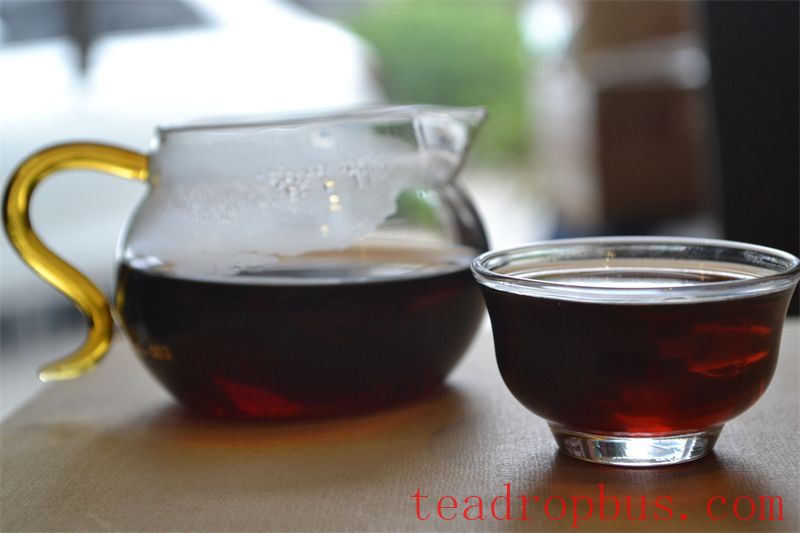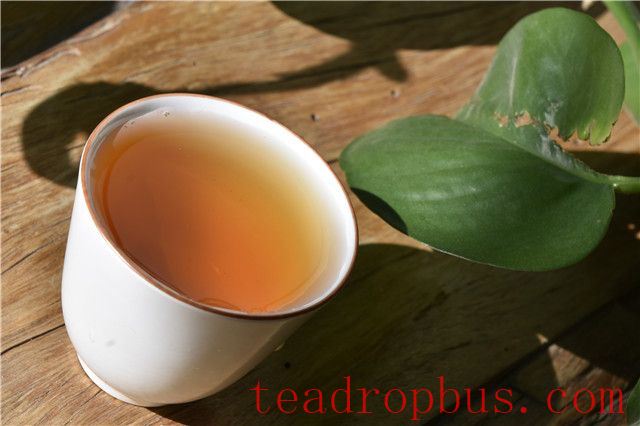Raw Puer Tea is made using freshly picked large-Leaf Yunnan tea, which is sun-dried and then processed into compressed or loose leaf teas. The entire production process does not involve artificial fermentation; rather, the natural transformation occurs gradually over time as the tea is stored in a warehouse. Freshly produced raw tea has a predominantly bitter taste. Its dry leaves are mostly dark green, and the tea liquor is primarily yellow or green, bright and vivid, appealing to many seasoned tea enthusiasts.
The ripe Puer tea also originates from large-leaf Yunnan sun-dried green tea. What sets it apart from raw tea is an additional step of pile fermentation after sun-drying, followed by processing into compressed or loose leaf forms. The dry leaves of ripe tea are brownish-red, with a very smooth taste that lacks the bitterness found in raw tea. The tea liquor is rich and fragrant, sliding smoothly down the throat. Its mild nature makes it popular among the general consumer base.

We now understand the concepts of raw and ripe Puer tea. If we simply ask whether it's possible to Brew them together, the answer would be yes. Any adverse reactions, aside from moldy tea or counterfeit Puer, would be unlikely. The development of the fermentation technique for ripe tea was aimed at addressing the long aging period required for raw tea. Therefore, brewing them together wouldn't cause any negative effects.
However, because raw tea is characterized by its bitterness and strong flavor, while ripe tea is smooth and fragrant, blending the two would obscure their unique qualities. For many tea enthusiasts, doing so would be akin to mixing salt and sugar when cooking, resulting in an odd taste. Combining two vastly different styles of tea would essentially ruin both.
Of course, there might be individuals who enjoy this taste, similar to how some dishes like braised fish or sweet and sour spareribs benefit from the combination of salt and sugar. When blended well, it could effectively neutralize the intense bitterness of raw tea, making it more palatable for those who wish to drink raw tea but find its strong flavor off-putting. However, the original flavors of both teas might be completely lost in the process.

Puer tea doesn't boast the assertive aroma of oolong, the visual appeal of green tea, or the sweetness of Black Tea upon first sip. Its rich and varied flavors ensure that it doesn't offer a monotonous taste throughout, unlike other types of tea. From the same batch of tea, different aging periods can yield distinct flavors, providing pleasant surprises every year. This is what makes Puer tea truly unique!